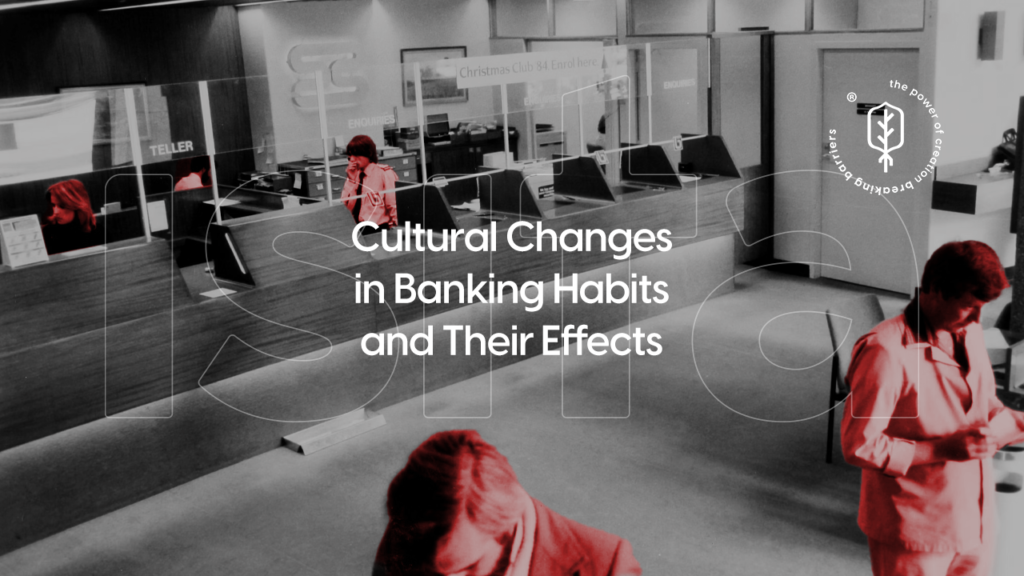The performance and reliability of server-side applications are more critical than ever.
Users expect fast, seamless interactions, and even minor downtimes can lead to significant revenue losses and damage to reputation.
Building efficient server-side applications that never fail involves careful planning, robust architecture, and adherence to best practices.
This article delves into the essential strategies and techniques to ensure your server-side applications are resilient, scalable, and efficient.
Understanding Server-Side Efficiency
Server-side efficiency refers to the optimal use of server resources to handle requests swiftly and reliably. Efficient server-side applications minimize response times, maximize throughput, and ensure high availability. This involves efficient code execution, resource management, and fault tolerance.
Importance of Efficiency
Efficient server-side applications lead to better user experiences, higher customer satisfaction, and reduced operational costs. They can handle more simultaneous requests, scale seamlessly, and recover quickly from failures. This efficiency is crucial for maintaining a competitive edge in today’s market.
Key Principles for Building Efficient Server-Side Applications
Choose the Right Technology Stack
Selecting the appropriate technology stack is the first step in building efficient server-side applications. Consider the following:
- Programming Languages: Use languages known for their performance and scalability, such as Node.js, Python, Java, or Go.
- Frameworks: Leverage frameworks that support efficient development and deployment, such as Express.js for Node.js, Django for Python, or Spring Boot for Java.
- Databases: Choose databases that match your workload requirements, such as MySQL or PostgreSQL for relational data, and MongoDB or Cassandra for NoSQL solutions.
Optimize Database Access
Database interactions are often the bottleneck in server-side applications. Optimize database access through:
- Indexing: Create indexes on frequently queried fields to speed up search operations.
- Query Optimization: Write efficient queries and avoid unnecessary data retrieval.
- Connection Pooling: Use connection pooling to manage database connections efficiently and reduce overhead.
- Caching: Implement caching strategies to store frequently accessed data in memory, reducing the load on the database.
Implement Asynchronous Processing
Asynchronous processing can significantly improve the efficiency of your server-side application by:
- Non-Blocking I/O: Use non-blocking I/O operations to handle multiple requests concurrently.
- Background Processing: Offload long-running tasks to background processes or worker threads, freeing up the main thread to handle user requests.
- Event-Driven Architecture: Implement an event-driven architecture to respond to events asynchronously, improving responsiveness and scalability.
Ensure Robust Error Handling
Robust error handling is essential for maintaining application stability and reliability:
- Graceful Degradation: Ensure that your application can continue to operate in a limited capacity even when some components fail.
- Retry Mechanisms: Implement retry mechanisms for transient errors to improve reliability.
- Logging and Monitoring: Use comprehensive logging and monitoring to detect and diagnose errors quickly.
Optimize Resource Utilization
Efficient resource utilization ensures that your server-side application can handle high loads without overburdening the server:
- Load Balancing: Distribute incoming traffic across multiple servers to balance the load and prevent any single server from becoming a bottleneck.
- Auto-Scaling: Implement auto-scaling to automatically adjust the number of server instances based on current demand.
- Efficient Code Execution: Write efficient, clean, and maintainable code to minimize resource usage.
Ensure Security and Compliance
Security and compliance are critical aspects of server-side applications:
- Data Encryption: Use encryption to protect sensitive data both in transit and at rest.
- Authentication and Authorization: Implement robust authentication and authorization mechanisms to ensure that only authorized users can access your application.
- Compliance: Ensure that your application complies with relevant regulations and standards, such as GDPR, HIPAA, or PCI DSS.
Tools and Techniques for Building Efficient Server-Side Applications
Performance Monitoring Tools
Performance monitoring tools help you track and optimize the performance of your server-side application:
- New Relic: Provides real-time monitoring and insights into application performance.
- Datadog: Offers comprehensive monitoring and analytics for servers, databases, and applications.
- Prometheus: An open-source monitoring system that collects metrics and provides powerful querying capabilities.
Load Testing Tools
Load testing tools simulate user traffic to evaluate the performance and scalability of your application:
- Apache JMeter: An open-source tool for load testing and measuring application performance.
- LoadRunner: A comprehensive performance testing tool for simulating large numbers of users.
- Gatling: A powerful tool for load testing web applications and APIs.
CI/CD Pipelines
Continuous Integration and Continuous Deployment (CI/CD) pipelines automate the development, testing, and deployment processes:
- Jenkins: An open-source automation server that supports building, testing, and deploying code.
- GitHub Actions: Provides CI/CD workflows integrated with the GitHub repository.
- GitLab CI: A powerful tool for automating the entire DevOps lifecycle.
Containerization and Orchestration
Containerization and orchestration tools help in managing and deploying server-side applications efficiently:
- Docker: Provides containerization for creating, deploying, and running applications in isolated environments.
- Kubernetes: An orchestration tool for automating the deployment, scaling, and management of containerized applications.
Best Practices for Server-Side Application Development
Follow SOLID Principles
Adhering to SOLID principles ensures that your code is clean, maintainable, and scalable:
- Single Responsibility Principle: Ensure that each class or module has a single responsibility.
- Open/Closed Principle: Design modules that are open for extension but closed for modification.
- Liskov Substitution Principle: Ensure that derived classes can replace base classes without affecting functionality.
- Interface Segregation Principle: Use small, specific interfaces rather than large, general-purpose ones.
- Dependency Inversion Principle: Depend on abstractions rather than concrete implementations.
Use Design Patterns
Design patterns provide reusable solutions to common problems in software design:
- Singleton: Ensures a class has only one instance and provides a global point of access to it.
- Factory Method: Defines an interface for creating an object but lets subclasses alter the type of objects that will be created.
- Observer: Allows an object to notify other objects about changes in its state.
Code Reviews and Testing
Regular code reviews and testing improve code quality and catch issues early:
- Code Reviews: Conduct regular code reviews to ensure code quality, consistency, and adherence to best practices.
- Unit Testing: Write unit tests to verify the functionality of individual components.
- Integration Testing: Perform integration tests to ensure that different components work together as expected.
- Automated Testing: Implement automated testing to run tests frequently and catch issues early.
Conclusion
Creating efficient server-side applications that never fail requires a combination of careful planning, robust architecture, and adherence to best practices.
By choosing the right technology stack, optimizing database access, implementing asynchronous processing, ensuring robust error handling, optimizing resource utilization, and maintaining security and compliance, you can build resilient and scalable server-side applications. Leveraging performance monitoring tools, load testing tools, CI/CD pipelines, and containerization technologies can further enhance the efficiency and reliability of your applications.
Ultimately, a focus on efficiency, scalability, and reliability will ensure that your server-side applications can meet the demands of today’s dynamic business environment and provide a seamless user experience.
Thanks for reading us! Educate yourself in greater depth on the following topic:



